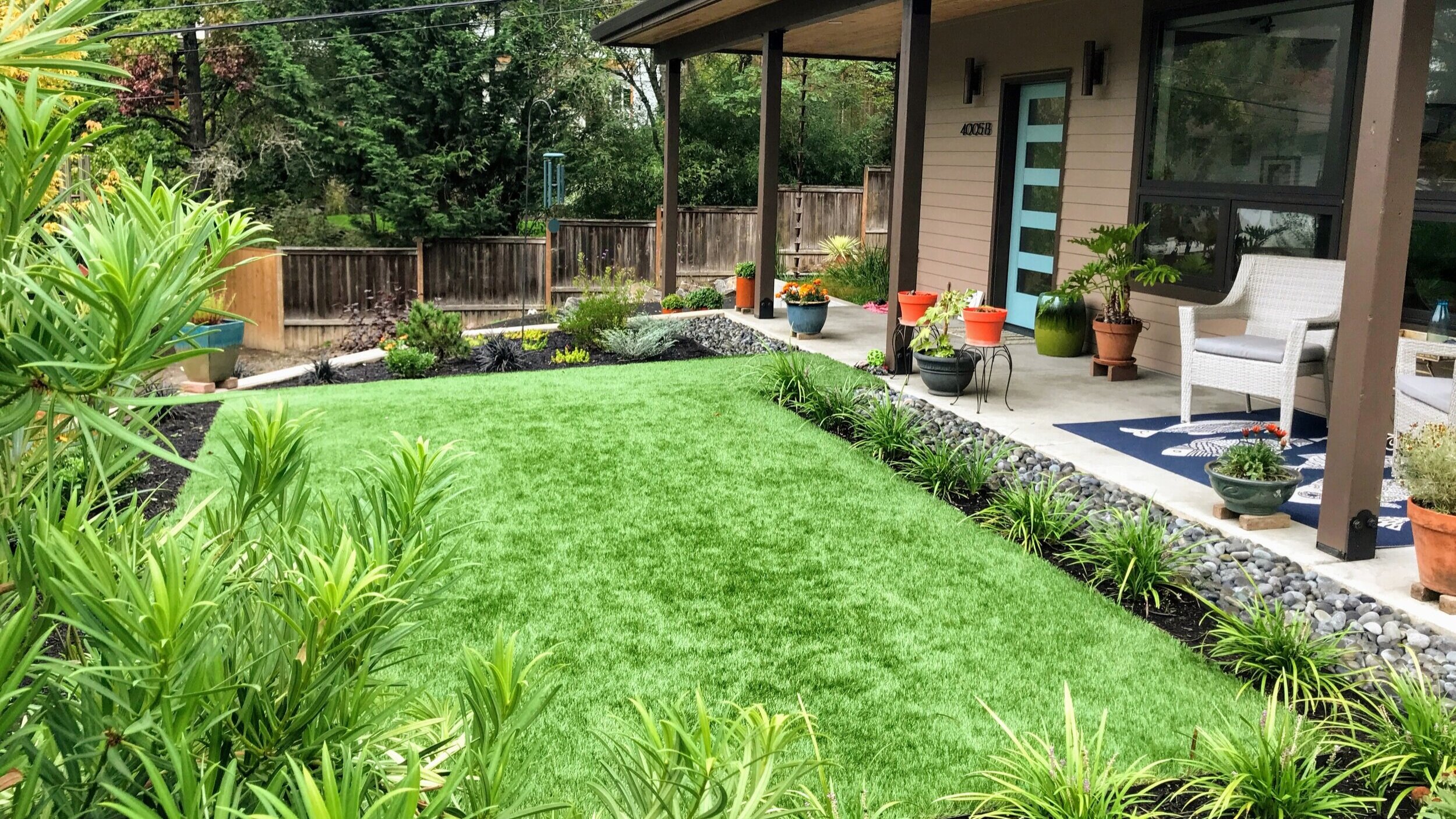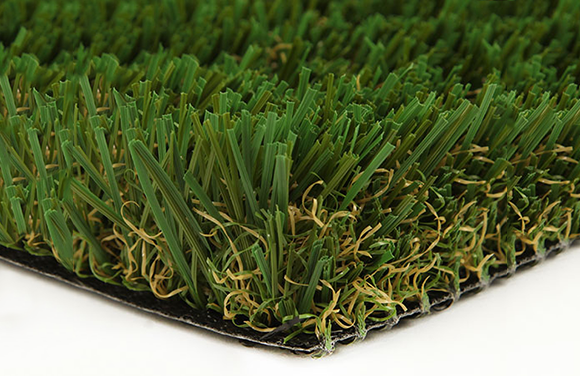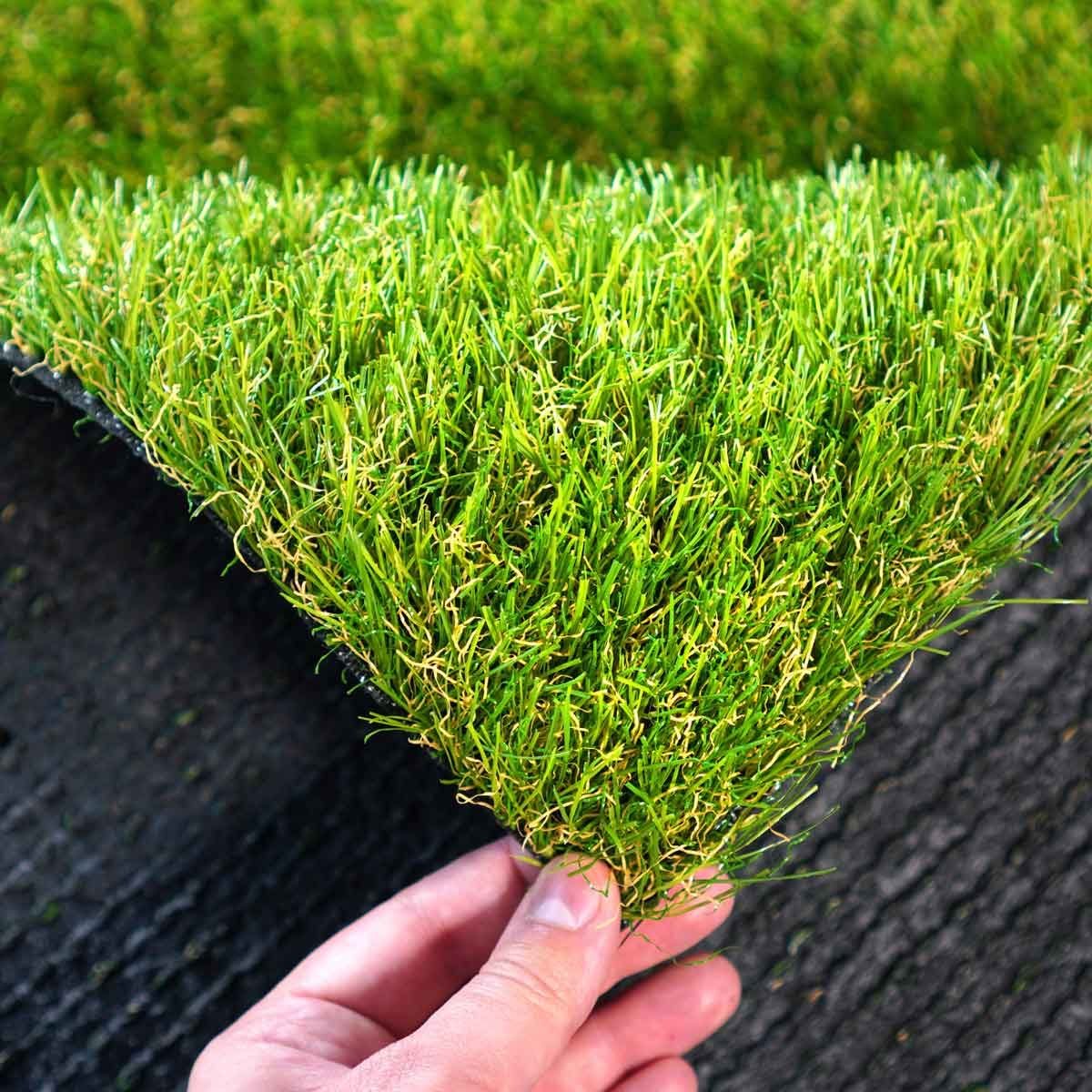Look Into the Environmental Benefits of Opting for Artificial Grass Solutions
The adoption of synthetic turf remedies presents a compelling opportunity to attend to pushing environmental challenges. By considerably reducing water usage and decreasing the application of unsafe chemicals, these alternatives not only promote sustainable landscape design yet also protect neighborhood environments.
Water Conservation Conveniences
Among one of the most substantial benefits of synthetic grass is its capability to preserve water. Traditional grass lawns call for significant watering, especially in areas vulnerable to drought or water limitations. In comparison, synthetic grass does not require watering, substantially lowering the total need for water resources. This attribute is particularly valuable in deserts where water deficiency is a pushing issue.
By eliminating the requirement for routine watering, synthetic grass adds to lasting landscape techniques and assists minimize the ecological effect of extreme water consumption. Moreover, the conservation of water encompasses the reduction of runoff, which can cause soil disintegration and river contamination.
In addition, the setup of synthetic grass allows towns and homeowners to assign water resources extra successfully, focusing on crucial usages such as drinking water and agriculture. The shift in the direction of synthetic grass not just promotes responsible water usage however also lines up with broader environmental objectives targeted at maintaining natural deposits.
As neighborhoods progressively prioritize sustainability, the water preservation advantages of synthetic grass provide an engaging situation for its fostering in commercial and property landscaping tasks.
Lowered Chemical Usage
The transition to artificial lawn considerably reduces the reliance on chemical treatments frequently used in natural grass maintenance. Typical lawn administration commonly entails the application of herbicides, pesticides, and plant foods to advertise growth and control pests. These chemicals can position risks to human health and wellness, local wild animals, and the setting, adding to dirt and water contamination.
On the other hand, man-made turf eliminates the requirement for these dangerous substances. Once mounted, it calls for very little upkeep, mainly including regular cleaning and occasional infill replenishment. This decrease in chemical use not only benefits the prompt atmosphere however likewise adds to more comprehensive eco-friendly stability. By minimizing the launch of synthetic substances right into the ecosystem, man-made lawn promotes healthier soil and water systems.
Moreover, the absence of chemical drainage related to fabricated turf setups assists shield local waterways from pollution, supporting water life and keeping biodiversity. Arizona turf. As areas increasingly prioritize sustainable practices, going with artificial lawn offers a viable option that straightens with ecological preservation goals. Via this shift, building proprietors can take pleasure in lavish green spaces without endangering eco-friendly health and wellness, leading the way for a more lasting future
Reduced Carbon Impact

Moreover, the installation of man-made lawn can cause considerable water conservation. All-natural grass call for significant quantities of water for irrigation, which not just adds to the carbon impact connected with water extraction and therapy however additionally strains regional water sources. In comparison, synthetic turf requires minimal maintenance, needing no watering, consequently dramatically decreasing water usage and its linked energy prices.
Additionally, the long life of synthetic grass contributes to its decreased carbon influence. With a life-span of approximately 15 years or even more, the need for constant replacements is decreased, resulting in much less waste and lower energy consumption in production and throwing away conventional yard choices. Generally, man-made turf provides a sustainable choice for eco conscious landscape design.
Environment Conservation
Habitat preservation is a critical consideration in the discussion over landscape design selections, especially when contrasting synthetic lawn to all-natural turf. All-natural grass lawns commonly require comprehensive maintenance, including the use of fertilizers, herbicides, and pesticides, which can negatively influence regional ecosystems. These chemicals can leach into the soil and waterways, harming indigenous plants and animals and disrupting regional environments.
On the other hand, synthetic grass presents a chance to decrease the eco-friendly impact of landscaping. By selecting you can try these out synthetic turf, property owners can minimize the disruption of natural environments related to standard lawn care practices. Artificial lawn gets rid of the demand for harmful chemicals, consequently shielding nearby wild animals and preserving the integrity of bordering ecological communities. In addition, the setup of synthetic grass can result in the conversion of former turf areas into even more biodiverse landscapes, such as pollinator gardens or indigenous plant areas, which can sustain local wildlife.
Eventually, the change to synthetic turf not only preserves water and decreases upkeep initiatives yet additionally cultivates an extra unified connection between human activities and the native environment, promoting environment conservation in the process.
Long-Term Sustainability
Long-term sustainability is an essential element in evaluating the benefits of synthetic grass over traditional lawn lawns. Among the most considerable benefits of synthetic grass is its durability; it can last up to 15-20 years with marginal maintenance, whereas natural lawn calls for constant reseeding and replacement. This long life minimizes the requirement for continuous resources, such as water, plant foods, and pesticides, which are crucial for keeping a healthy and balanced grass yard.
Additionally, synthetic grass adds to a decrease in carbon emissions related to grass care tools. Conventional grass typically require gas-powered mowers, trimmers, and blowers, all of which add to air contamination. Turf installation phoenix az. In comparison, synthetic turf eliminates the requirement read what he said for such tools, advertising a cleaner environment
Moreover, the manufacturing of artificial grass significantly uses recycled materials, enhancing its sustainability profile. As suppliers adopt environmentally friendly techniques, the environmental footprint of synthetic grass remains to lessen.

Final Thought
The adoption of fabricated lawn solutions presents considerable environmental benefits, including considerable water preservation, decreased reliance on hazardous chemicals, and a reduced carbon impact. Fabricated lawn help in maintaining all-natural habitats by minimizing land disturbance and advertising long-lasting sustainability through the use of sturdy materials. Jointly, these variables highlight the capacity of synthetic grass to contribute favorably to environmental health and provide a viable choice to typical landscaping techniques in a significantly resource-conscious globe.
In contrast, artificial lawn does not need watering, substantially decreasing the overall need for water resources. By minimizing the launch of synthetic substances into the ecosystem, artificial lawn promotes much healthier soil and water systems.
Moreover, the setup of artificial grass can result in substantial water preservation. In comparison, fabricated turf requires minimal upkeep, requiring no watering, therefore considerably lowering water usage and its linked wikipedia reference energy costs.
